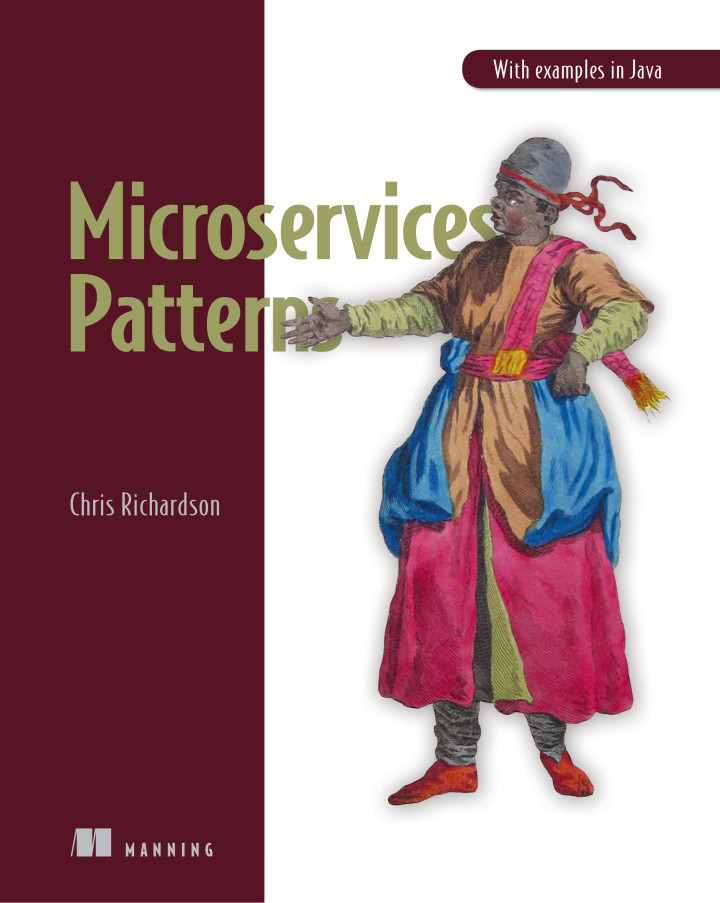Taught by Chris Richardson, an experienced software architect, author and serial entrepreneur.
Chris works with clients around the world helping them adopt the microservice architecture.
Chris also writes code regularly.

new
new
Hands on Microservices architecture and design workshop
Audience: technology leaders, architects and experienced developers who want to learn the microservice architecture. The architecture and design exercises are on paper and are independent of any particular technology stack.
Format: Lectures, discussions and katas
This workshop was originally a 3 day workshop. In the COVID era, it’s delivered blended online/self-paced format as mixture of
- online (e.g. Zoom) lectures, discussions, and kata reviews
- offline video lectures
- offline katas
Enterprises need to deliver better software faster. It’s no longer sufficient to release quarterly or even monthly. Instead, organizations must use methods such as DevOps to frequently deploy changes into production, perhaps as often as multiple times per day. However, one obstacle to DevOps-style development is that organizations are often mired in monolithic hell. Key business applications are large, complex, unwieldy monoliths, so it’s impossible to rapidly and safely deploy changes. The solution is to adopt the microservice architecture—an architectural style that has the testability and deployability necessary for DevOps.
Through a combination of lectures, discussions, and kata exercises, I walk you through using the microservice architecture to develop your applications. You’ll learn how to deal with some of the key obstacles you’ll face including distributed data management and discover strategies for refactoring a monolith to a microservice architecture.
Praise for this workshop
Chris delivered a superb workshop on the complexities, tradeoffs, and patterns of micro services - we have had him run it numerous times for different teams across the company. Being an expert in the field (and literally having written the book), our architecture & engineering teams benefited greatly from his expertise and candid real-world examples. I would recommend this course to any technology team venturing into micro services architecture for the first time.
Percy Golding, TD Bank
What you’ll learn, and how you can apply it
The essential characteristics of the microservice architecture, its benefits and drawbacks, and when to use it
- Strategies for service decomposition
- Distributed data management patterns
- Effective microservice testing strategies
- Deployment options for microservices
- Strategies for refactoring a monolithic application to a microservice architecture
And you’ll be able to:
- Architect an application as a set of microservices
- Use sagas to maintain data consistency
- Implement queries that span services
- Test microservices
- Refactor a monolith to services
Outline
- Lecture: Overview of the microservice architecture
- Using the dark energy and dark matter forces to define services
- The architecture definition process
- Documenting a microservice architecture
- Kata: Identifying services
- Lecture: Transactions and queries in the microservice architecture
- Lecture: Using the Saga pattern
- Overview of the Saga pattern
- Coordination: choreography vs. orchestration
- Using countermeasures
- Kata: Applying the Saga pattern
- Lecture: Implementing queries using the API Composition and CQRS patterns
- Kata: Implementing queries
- Lecture: Microservices communication patterns
- Lecture: Testing microservices
- Lecture: Refactoring a monolith to microservices